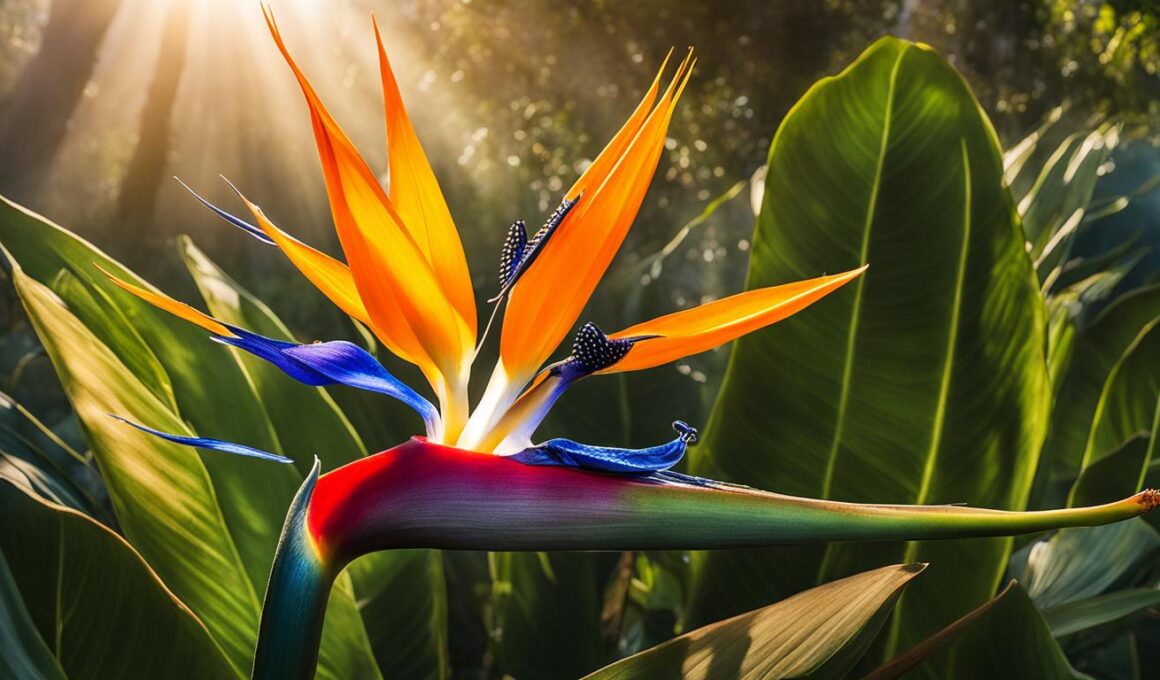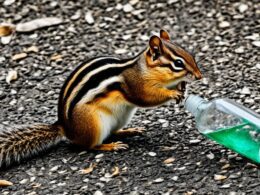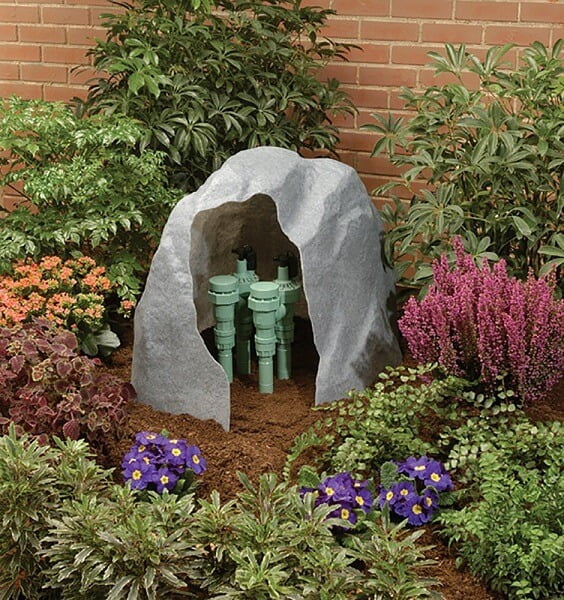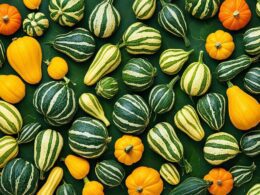Welcome to the world of Bird of Paradise blooms, where vibrant colors and tropical flair come together to create a botanical gem that is truly captivating. Whether you’re a gardening enthusiast or simply a lover of beautiful flowers, the Bird of Paradise flower is one that deserves your attention.
In this article, we will delve into the enchanting qualities of the Bird of Paradise flower, its natural habitat and distribution, as well as tips for cultivating and caring for these stunning blooms. Get ready to unlock the secrets that make the Bird of Paradise a true botanical treasure.
Description and Appearance of Bird of Paradise
The Bird of Paradise flower is a botanical spectacle that mesmerizes with its vibrant hues and distinct shape. This flamboyant flower boasts a stunning array of colors, from fiery oranges and reds to brilliant blues and yellows, creating a visual feast for the eyes. Each petal showcases intricate patterns that resemble the delicate strokes of a master artist, adding to its allure.
What truly sets the Bird of Paradise apart is its striking shape, resembling a tropical bird in flight. The petals elegantly fan out, capturing the essence of a bird’s plumage in motion. The flower’s beak-like structure adds an element of intrigue and mystery. Its audacious beauty demands attention and leaves viewers breathless, making it a standout feature in any garden or floral arrangement.
Natural Habitat and Distribution of Bird of Paradise
The Bird of Paradise flower is a tropical beauty that flourishes in lush rainforests and on idyllic islands. Its natural habitat spans the tropical realms of Indonesia, Papua New Guinea, and Australia. Nestled amidst vibrant foliage, these blooms thrive in sunny spots, gracefully peeking out from dense canopies or rising spectacularly from the edges of the jungle.
The Bird of Paradise craves attention, captivating all who venture into its natural abode. With its vibrant colors and distinct shape, it stands as a living testament to the wonders of tropical flora.
- Thriving in sunny spots: Bird of Paradise flowers bask in the warmth of the sun, thriving in areas where they receive ample sunlight. It is their inherent nature to seek out and blossom under the nourishing rays of sunshine.
- Lush rainforests: These magnificent blooms find their sanctuary in the heart of lush rainforests, where they add a vibrant touch to the already abundant flora. Among the towering trees and dense vegetation, the Bird of Paradise flourishes, creating a feast for the eyes.
- Idyllic islands: The Bird of Paradise calls idyllic islands home, gracing the landscape with its exotic presence. These islands provide the perfect backdrop for these captivating blooms to showcase their colors and allure.
Cultivation and Care of Bird of Paradise
When it comes to the cultivation and care of Bird of Paradise blooms, you’ll find that this process can be incredibly rewarding. These stunning flowers thrive in warm and sunny environments, making them an ideal addition to tropical or subtropical regions. To ensure the health and vitality of your Bird of Paradise plants, it’s important to provide them with the right conditions and care.
One of the key factors to consider when cultivating Bird of Paradise is the climate requirements. These flowers prefer warm and sunny weather, so it’s best to plant them in an area where they will receive at least six hours of direct sunlight each day. Additionally, they thrive in well-draining soil, so make sure to choose a location with soil that allows excess water to flow through easily.
When it comes to watering these plants, it’s important to strike a balance. Bird of Paradise plants prefer to dry out between watering, so be sure to let the soil dry slightly before watering again. Overwatering can lead to root rot and other issues, so it’s best to err on the side of underwatering rather than overwatering. As for feeding, occasional feeding with a balanced fertilizer can help promote healthy growth and vibrant blooms.
To summarize, here are the key points to keep in mind for the cultivation and care of Bird of Paradise:
- Choose a warm and sunny location, providing at least six hours of direct sunlight each day.
- Ensure the soil is well-draining to prevent waterlogging.
- Allow the soil to dry slightly between watering to avoid overwatering.
- Occasionally feed the plants with a balanced fertilizer for optimal growth.
By following these guidelines and providing the right conditions, you can create a mini paradise in your own garden, filled with the marvelous blooms of the Bird of Paradise.
Conclusion
The Bird of Paradise flower is not just a visual spectacle; it holds rich cultural significance and brings a touch of the tropics to any space. With its vibrant colors, distinct shape, and cultural symbolism, the Bird of Paradise captures the hearts of many and has become a source of inspiration in art, literature, and celebrations.
By cultivating and caring for Bird of Paradise blooms, you can create your own tropical paradise and experience the beauty and joy they bring. These magnificent flowers take you on a virtual tropical vacation at home, transforming your garden into a breathtaking oasis. With their fiery oranges, brilliant blues, and radiant yellows, they add a burst of tropical flair that transports you to idyllic islands and lush rainforests.
Dive into the world of the Bird of Paradise and uncover the secrets of its stunning bloom. Whether you choose to grow them in your garden or simply admire their beauty, these botanical gems will bring a sense of exotic enchantment to your surroundings. So, let the Bird of Paradise be your guide to a vibrant and tropical journey right at home.
Will Attracting Birds to a Birdhouse Increase the Chance of Seeing a Bird of Paradise Bloom?
Attracting birds to a birdhouse may not necessarily increase the chance of seeing a bird of paradise bloom. Bird of paradise plants usually require specific conditions to bloom, such as proper sunlight, watering, and soil nutrients. However, having birds around can create a beautiful and natural atmosphere in the garden.










